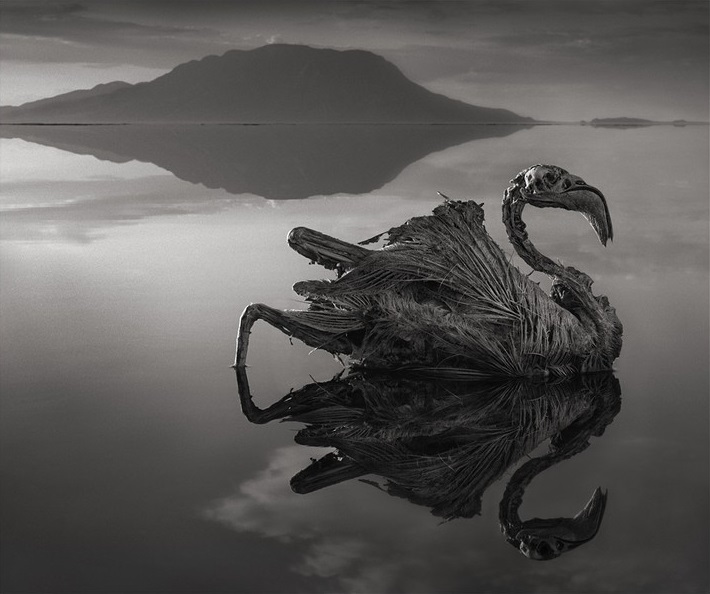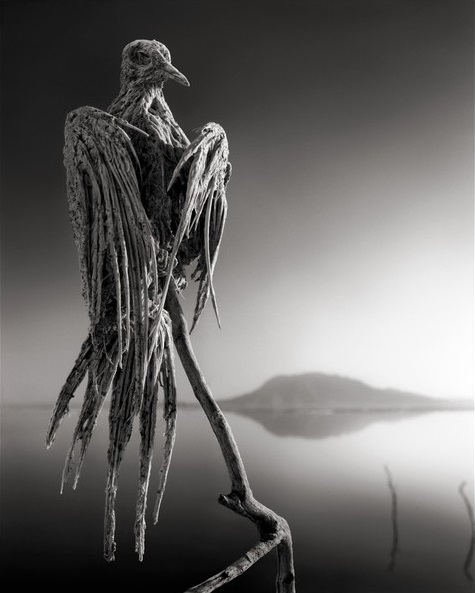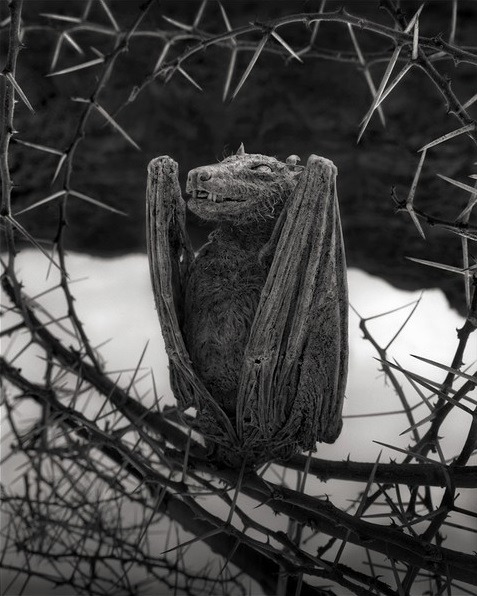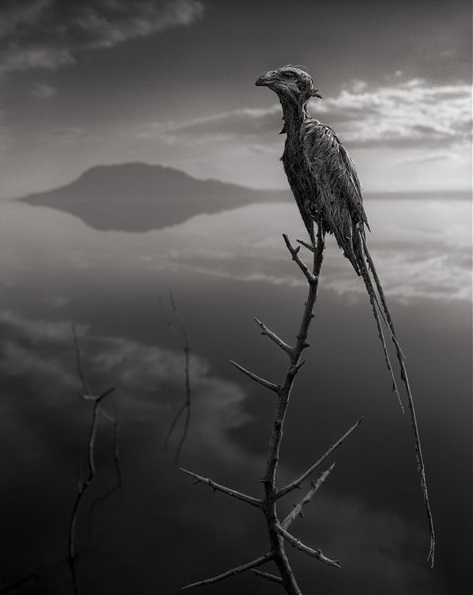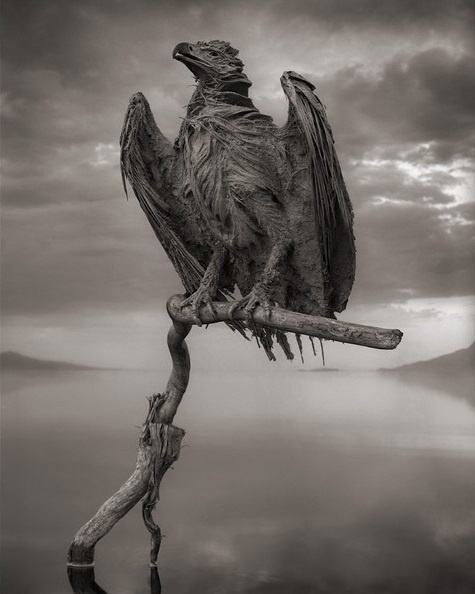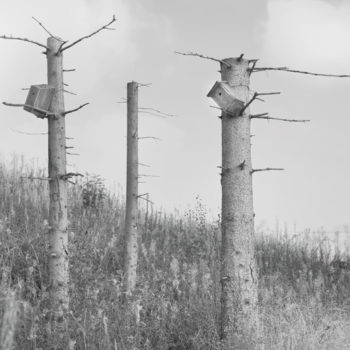I’ve seen this series five different times on the internet in the past 24 hours. I’m always interested in how this happens (especially the past couple days, having been reading Aline Smithson’s Going, Going, Going Viral posts on Lenscratch and recently read Resource Magazine’s article about Sara Lewkowicz’s Copyright Battle, which I’d like to talk about more in the future).
Often, the kind of work I add to this site could be seen by someone as strange, bizarre, freakish. I guess I shouldn’t be surprised when I see images by an artist of this kind of imagery, one I admire (Elephant with Exploding Dust has been an all-time favorite photograph of mine), posted on “tech,” “art and visual ingenuity,” and science trend blogs and websites. Presumably, these types of websites rely on edgy, offbeat subject matter in order to gain hits.
When I said “the kind of work I add to this site,” I had originally typed “the kind of artists whose work I add to this index.” The latter is actually what I mean. It’s important to me to feature artists, to showcase their artwork, not to exploit the “freakish” quality what they produce. I feel disappointed when I see the work of artists introduced this way: “Any Animal That Touches This Lethal Lake Turns to Stone” and “A Deadly Alkaline Lake in Africa Turns Animals into Calcified Statues,” rather than “Nick Brandt’s Gorgeous Photographs.”
A statement by the artist from an article on Gizmodo: I unexpectedly found the creatures–all manner of birds and bats–washed up along the shoreline of Lake Natron in Northern Tanzania. [No one] knows for certain exactly how they die, but it appears that the extreme reflective nature of the lake’s surface confuses them, and like birds crashing into plate glass windows, they crash into the lake. The water has an extremely high soda and salt content, so high that it would strip the ink off my Kodak film boxes within a few seconds. The soda and salt causes the creatures to calcify, perfectly preserved, as they dry.
I took these creatures as I found them on the shoreline, and then placed them in ‘living’ positions, bringing them back to ‘life,’ as it were. Reanimated, alive again in death.
These images are part of a trilogy of books documenting the disappearing animals of eastern Africa.
From “Across the Ravaged Land”
Visit artist's site: nickbrandt.com
Posted October 3rd, 2013

